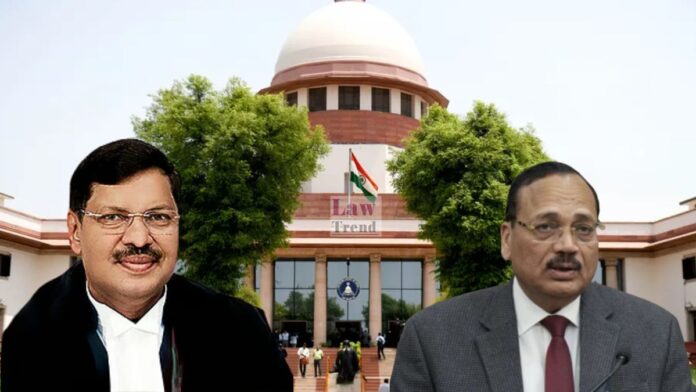Following the superannuation of former Chief Justice of India (CJI) B.R. Gavai on Sunday, November 23, the Supreme Court Collegium has been reconstituted. Chief Justice of India Justice Surya Kant will now head the five-member body, marking a significant transition in the administration of the apex court.
The reconstitution is a consequential event triggered by the retirement of former CJI Gavai. The Collegium is the primary body responsible for the appointment and transfer of judges in the higher judiciary.
New Composition of the Five-Member Collegium
The five-member Collegium, which is tasked with selecting judges for the Supreme Court and deciding on the transfer of High Court judges, will now be led by CJI Surya Kant. The other four members of this high-powered body are:
- Justice Vikram Nath
- Justice B.V. Nagarathna
- Justice J.K. Maheshwari
- Justice M.M. Sundresh
Three-Member Collegium for High Court Appointments
Simultaneously, the three-member Collegium, which specifically oversees the selection and appointment of judges to the various High Courts across the country, has also been updated. This body will comprise:
- CJI Surya Kant
- Justice Vikram Nath
- Justice B.V. Nagarathna
Future Changes and Tenure
CJI Surya Kant is set to serve a tenure of approximately 15 months as the Chief Justice of India. According to the current seniority and retirement schedules, the Collegium is expected to remain relatively stable during this period.
The body will undergo its next change on June 28, 2026, when Justice J.K. Maheshwari is slated to retire. Upon his superannuation, Justice P.S. Narasimha will become a member of the Collegium.
Looking further ahead, subsequent to the retirement of CJI Surya Kant, Justice J.B. Pardiwala is expected to enter the Collegium.
About the Collegium System
The Collegium system is the mechanism employed for the appointment and transfer of judges in the Supreme Court and High Courts. It has evolved through judgments of the Supreme Court, specifically the “Three Judges Cases,” and ensures that the judiciary retains primacy in the appointment of judges.







